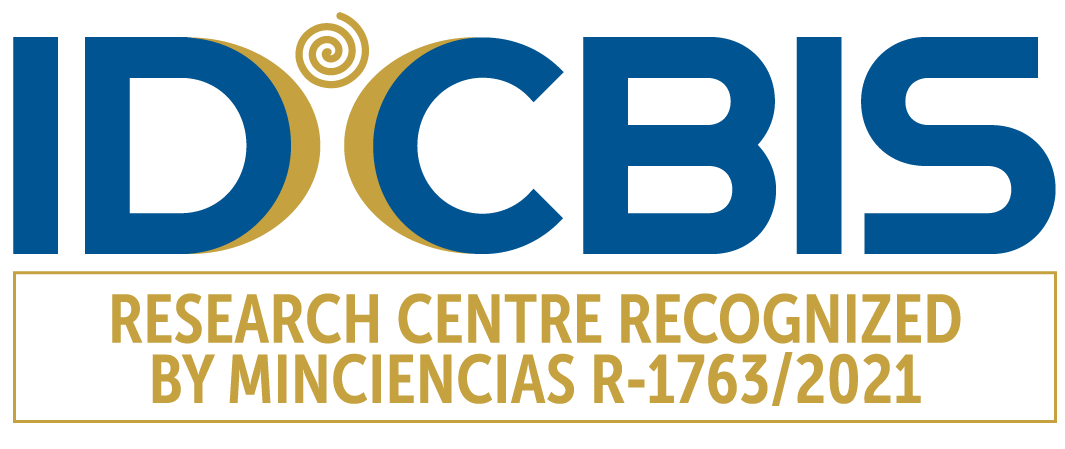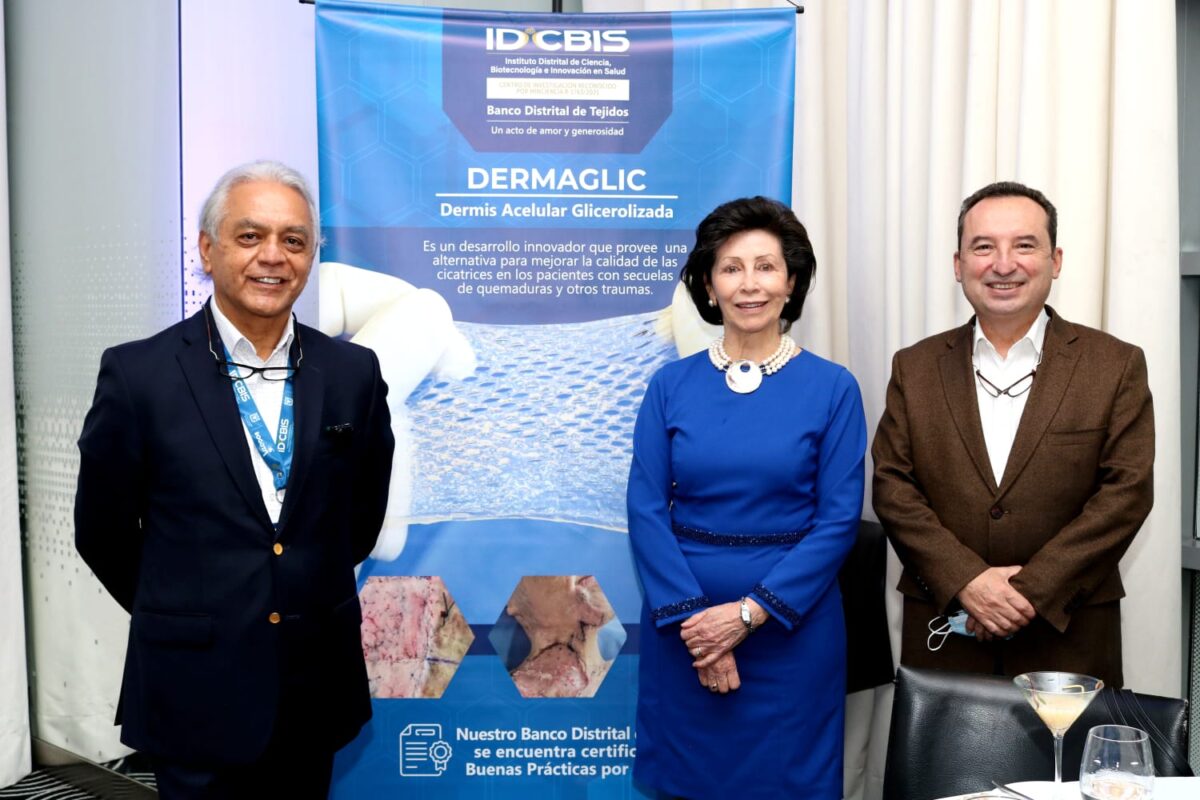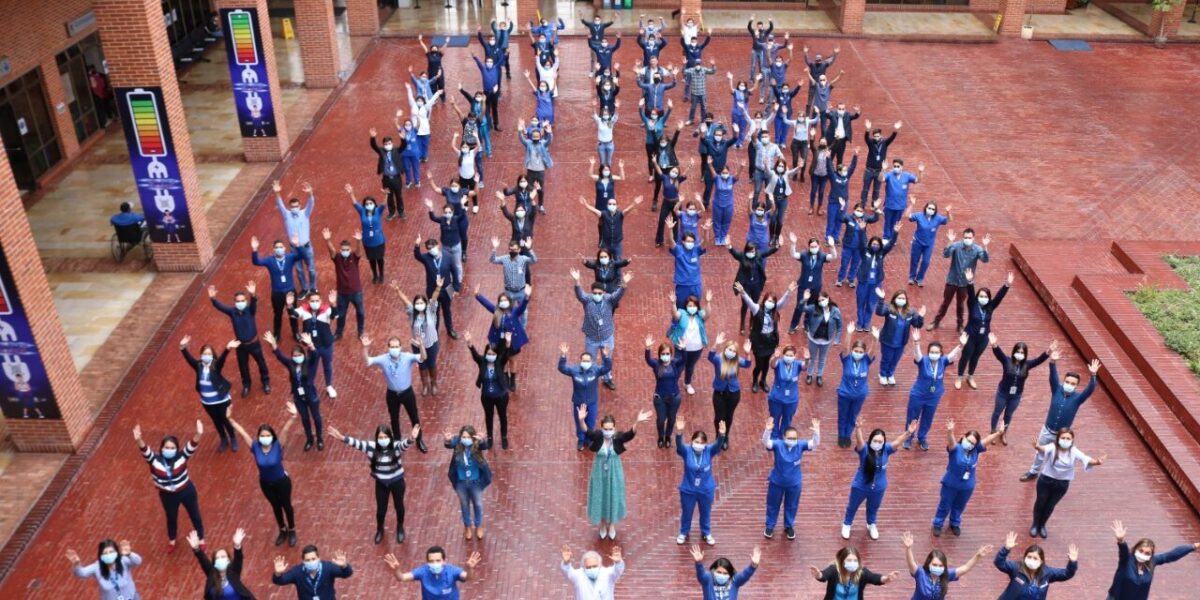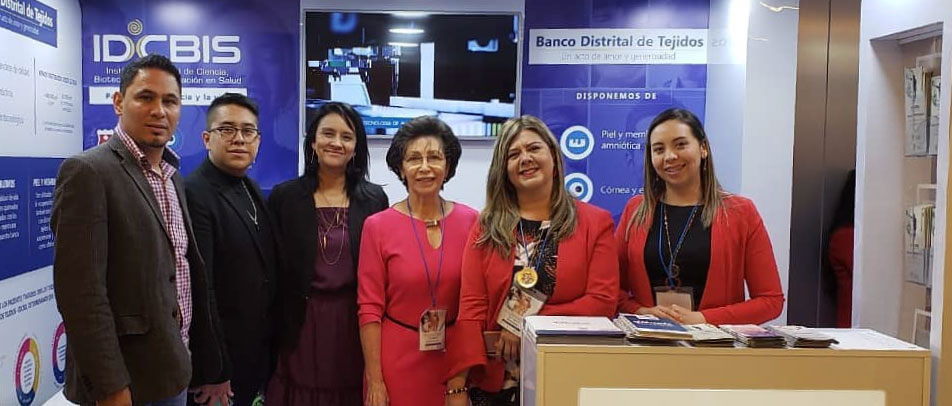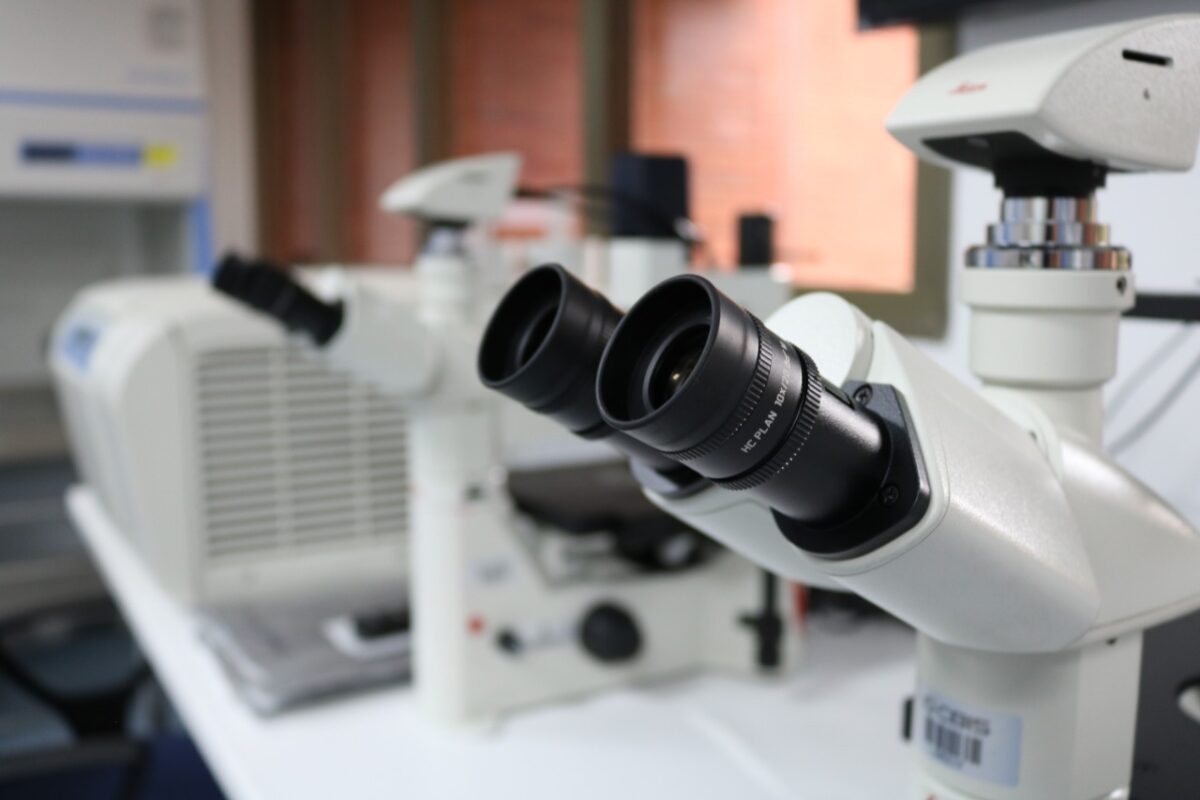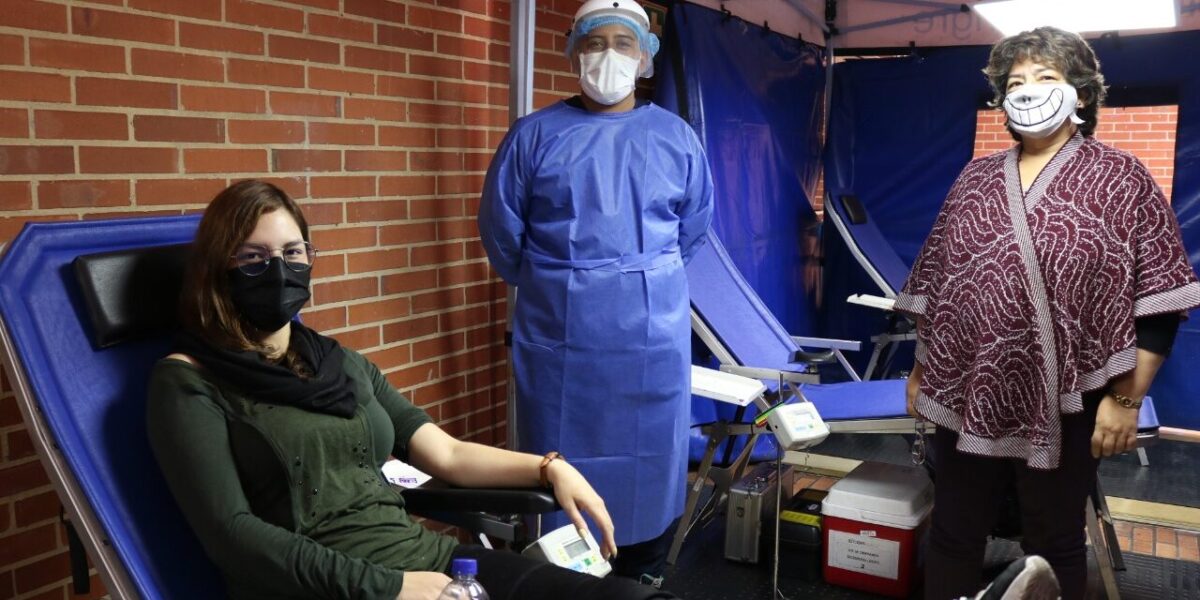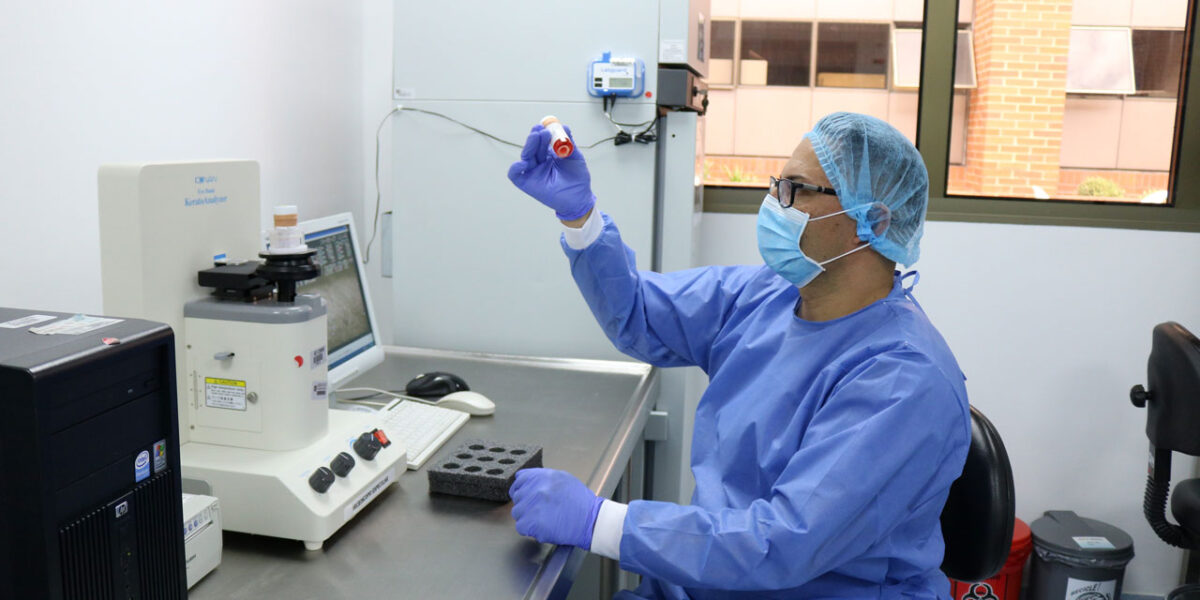Dermaglic provides an alternative to improve the quality of scars in patients with sequelae of burns and other traumas.
The skin is the most extensive organ of the human being, when a patient loses it massively there are great complications in the recovery, since only the epidermis has the capacity to regenerate it. When losing all the layers, the skin is reconstructed from collagen with a poor quality of healing, decreasing its function and affecting the aesthetics of patients.
As there are more cases of patients with large and deep burns, the challenge is to improve their quality of life, which is intimately related to the quality of the skin.
A challenge that in the XXI century is faced through tissue engineering with products such as Dermaglic, a class II substitute obtained from glycerolized skin of cadaveric donor which is processed through a chemical process of acceleration where a collagen and elastin sheet is obtained to contribute to the aesthetic and functional improvement of the burn.
Burns are the third cause of traumatic death in the pediatric population worldwide, posing a great challenge for public health that the District Tissue Bank is mitigating by making available to the country's surgeons this innovative alternative in Colombia that will contribute to the treatment of patients to improve the condition of their scars.
"This product that we are making available to patients today to help them in their recovery process is fundamental because it places Colombia at the forefront in the region, Dermaglic being the first of its kind in Latin America," explained Dr. Bernardo Camacho, director of the District Institute of Science, Biotechnology and Innovation in Health (IDCBIS) during the launch.
Dr. Alejandro Gomez, Secretary of Health of Bogota, highlighted the work done by the District Tissue Bank for the regeneration of skin of patients who have suffered severe burns and pointed out that the Mayor's Office of Bogota will continue to support the high quality research processes developed at IDCBIS.
The District Tissue Bank is a multi-tissue bank dedicated to donor selection, rescue, processing, preservation, storage and distribution of human tissues for implantation purposes. Currently, the bank processes skin, cornea and sclera, amniotic membrane and musculoskeletal tissue.

